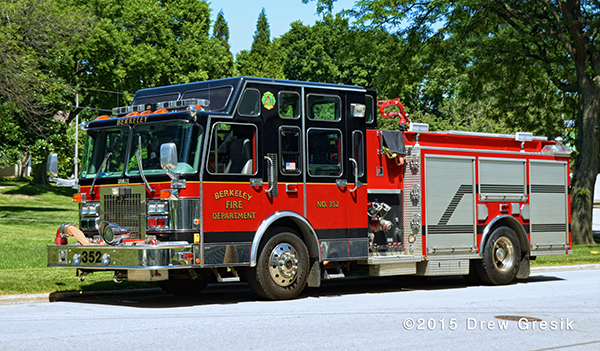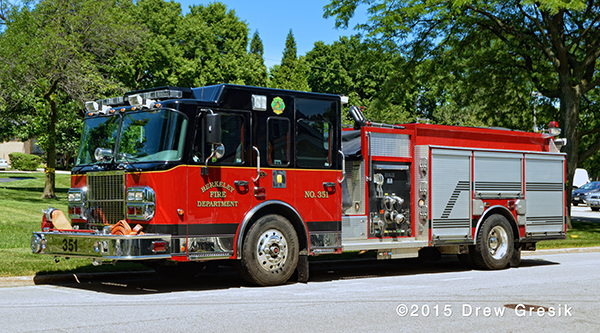
Archive for June 19th, 2015
Sycamore fire department receive federal grant
Excerpts from the DailyChronicle.com:
The Sycamore Fire Department has received a $35,620 grant from the Federal Emergency Management Agency to purchase 16 new sets of protective clothing.
A news release states that U.S. Sen. Dick Durbin announced the grants this week for nine organizations including fire and emergency medical services across the state, totaling $866,923 between them.
The grant covers 95 percent of the estimated $37,400 price tag of the new gear, according to the release. The clothing it is replacing is more than 10 years old. National Fire Protection Standards state that protective clothing must be replaced when it reaches 10 years old, regardless of the clothing’s condition, Sycamore fire officials said.
The funding was provided by the Department of Homeland Security’s Assistance to Firefighters Grant Program, which has provided about $5.25 billion since 2001 in federal funding across the country to help organizations afford new equipment, personal protective equipment, training and vehicles, according to a news release.
Sycamore approves contract with firefighters
Excerpts from the Dailychronicle.com:
The Sycamore City Council on Monday approved a four-year contract with Sycamore’s 26-member firefighter union.
By a 6-0 vote the council approved the contract that includes a 2.25 percent pay raise this year and next, and a 2.5 percent increase in 2017 and 2018. The new contract, which will cost the city about $2.2 million each year until it expires in 2019, also includes a system that caps the number of firefighters that responds to shift recalls during the day at 11, a no-layoff clause, and a retirement health care funding plan.Mayor Ken Mundy said the contract includes “a couple of nice features that encourages self-investment in the unit” for retirement.
“All of us need to do more than our pension, or whatever plan we’re working under through our employer, to be sure we have funds set aside for retirement,” Mundy said. “Both sides worked together in a real respectful and honorable way to come to some middle ground and some agreement on the four-year contract. We’re very pleased.”
The approved deal mirrors deals made earlier this year with the Sycamore’s two other unions – the Fraternal Order of Police Lodge No. 133 and the American Federation of State, County and Municipal Employees Local 3957.
“All three of our bargaining units have been very good about reasonable requests for increases through some tough years,” Mundy said.
As seen around … Berkeley
Jun 19
From Drew Gresik:

Berkeley Engine 352 – 1996 Spartan Gladiator/Darley 1500/500, Drew Gresik photo

Berkeley Engine 351 – 2006 Spartan Diamond/Darley 1500/800/20A. Drew Gresik photo





























